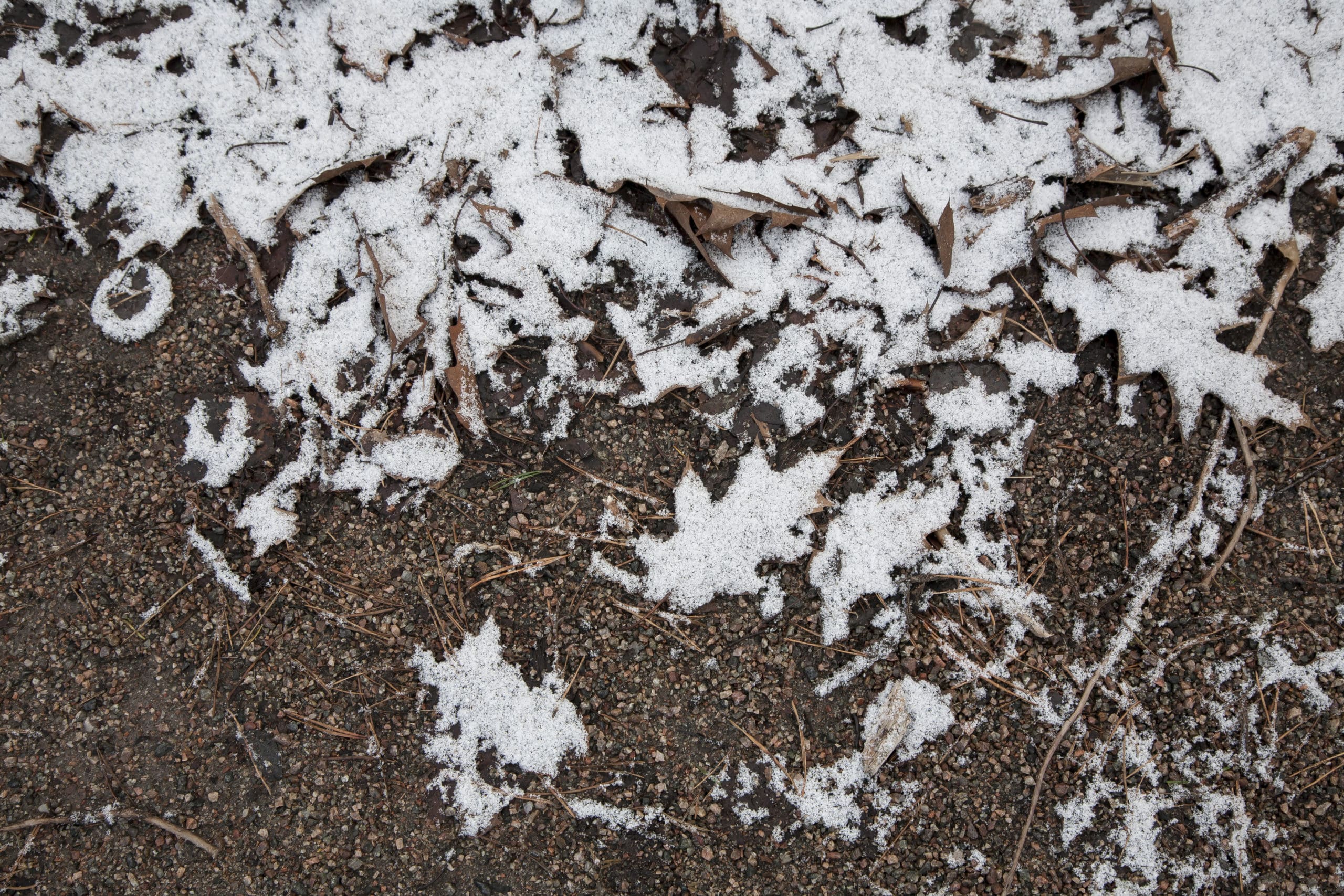
Working outdoors and undertaking construction in the warm-weather months is preferable. It’s far more comfortable and pleasant to work outdoors when it’s warm, for one thing. It’s also safer as the inclement weather during the winter can ever prove a safety hazard. That’s not even to mention the logistical issues the cold can raise. Concrete can freeze before it has a chance to set properly, for instance.
Here are some tips on how you can remain productive, and stay safe, when excavating frozen ground.
Tips For Digging Into Frozen Ground
If you’ve ever had the misfortune of having to dig manually once winter’s set in in earnest, you’ll know that sometimes it can surpass the difficult to become nearly impossible. Digging into frozen ground can be harder than concrete during the coldest weather. The good news is that hardness doesn’t last. Most of the freezing takes place near the surface, so you’ll be good to go as soon as you can pierce the permafrost crust.
Choose The Right Digging Equipment
Simply carrying on as normal when excavating frozen ground is a mistake. After all, “the right tool for the right job” is one of the most accepted and well-known pieces of construction wisdom. Frozen earth isn’t the same as warm dirt – it shouldn’t be treated the same.
Simply using a loader with a regular bucket is hard on the machinery and the operator. The typical blunt tines make for a hard, jarring impact when the loader hits the solid earth. The operator can be left feeling like they’ve just ridden a hard rodeo for 8 hours at the end of the day.
There are all manner of tools meant specifically for excavating frozen ground. Frost buckets are more like a spade or trowel than a blunt garden shovel. The narrow point and sharp tines make it much more suitable for piercing permafrost, making everyone’s lives far easier in the process.
Likewise, a static ripper can sometimes be useful for penetrating frozen earth. This also can be hard on the equipment, though, with a heavy impact that can shake your equipment to pieces over time. It also depends solely on the brute strength of the machinery to make an impact.
There’s a whole battalion of heavy machinery that can be useful for breaking through frozen earth. Hydraulic hammers, rotary cutters, and hydraulic rippers can all be useful for clearing small sections of frozen ground. You’ll need a more wide-scale solution for digging into frozen ground on a larger scale, though.
Heat The Earth
One of the simpler tips for digging into frozen ground is simply to thaw the earth where you’re going to be digging. There are a number of ways you can do this.
One is to build a small charcoal fire over the ground where you’re going to be digging. This is also a fire risk, though, so you’ll need to monitor the fire closely to make sure none of your machinery or construction materials catch on fire.
You can also build a temporary shelter, like a large outdoor tent, to increase the ambient temperature where you’ll be digging. This can also help to shield your workers from harsh weather, as an added bonus. You could even just use a portable heater to achieve a similar result.
One final method of thawing frozen soil is hydrovacing. This means spraying the earth with warm water to thaw the frozen ground. It also raises some ecological concerns, however, such as potentially contaminating the water source so you may want to work with an environmental specialist to make sure it’s handled correctly.
Maintain Your Equipment Properly
Choosing the right digging tools is just the beginning of digging into frozen ground. Every single aspect of your equipment operates differently in the cold than it does when it’s warm outside.
The first and most obvious implication of this is to make sure that you’re using the right oil for when it’s cold outside. Attachments also often require their own lubricants, as well, so make sure your buckets and diggers are also using oil that’s appropriate for low temperatures.
You’ll also need to monitor your equipment closely when you’re working in the cold. Inspect both the machinery itself as well as the attachments you’re using for fine hairline fractures. These tiny cracks can lead to shattered equipment which can be a majorly expensive mistake to make.
You’ll also want to make sure to keep a healthy supply of replacement parts around for your machinery. Hoses, seals, and belts can often become brittle in extreme cold and break more often. Keep extras on hand to make sure that you’re prepared if that happens, so you don’t need to miss out on more productivity than you have to.
When you’re digging into frozen ground, it’s often worthwhile to rent the right equipment for the job. Trying to carry on as normal can be miserable as well as being highly inefficient. Getting the right tool for the right job when excavating frozen ground is the definition of working smart so you can work hard!
Looking For Augers And Other Construction Equipment?
Today’s contractors and construction teams need to be more efficient and more prepared than at any other time in history if you have any prayer of remaining competitive. Luckily, we have locations all over the United States and Canada to help make sure you have the right tool for the job.
If you’re looking for equipment, whether that be augers for digging into frozen ground during the winter, or for trucks to haul your equipment, contact us today to request a quote on the equipment you need!



